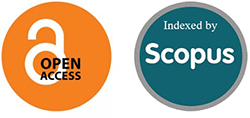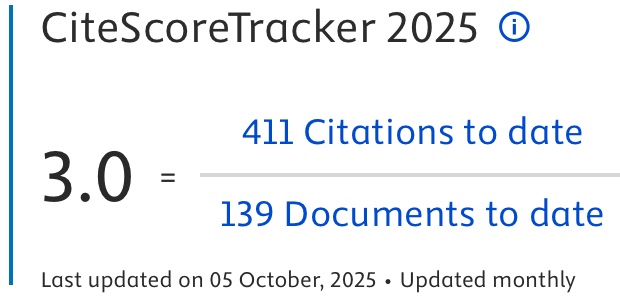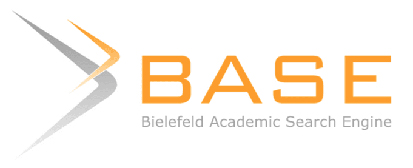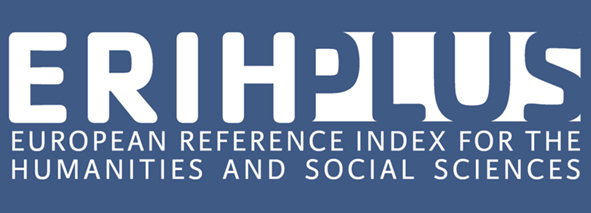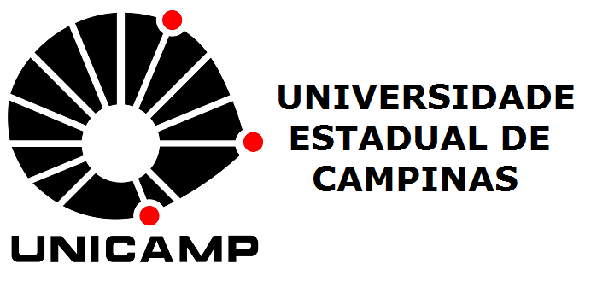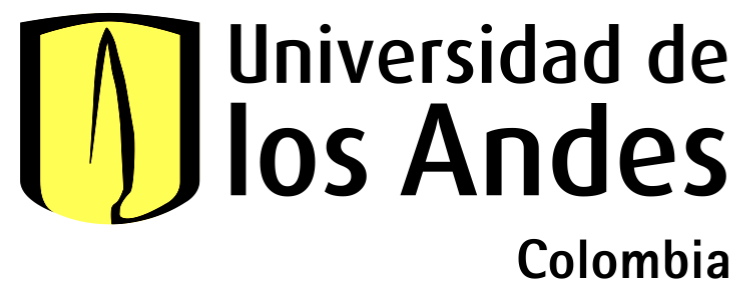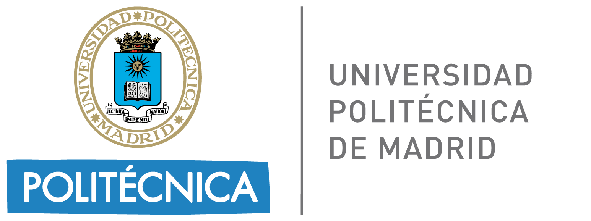Object-field. The multi-resolution study of topological optimization
DOI:
https://doi.org/10.19229/2464-9309/7152020Keywords:
object-field, multi-resolution, topological optimization, algorithmic design, digital fabricationAbstract
Since the integration of digital tools into architectural design, we have observed a certain reassessment of the notion of ‘structure’, taking us far from known and usually studied schemes. Following the advancement in simulation and topological optimization, we will expose the key projects, study their level of performance, but also underline a common limit: their formal logic defined by this process. We believe that a solution to this limit lies in a change of scale in the design method, with multi-resolution systems, where each grain of matter can adapt to the structural information present at the macro scale. Thus, we propose a design research project exploring this game of scale through four object-fields, objects which are formally autonomous, but nevertheless express their internal structural field with microscopic translation of topological optimization.
Downloads
Article Metrics Graph
References
Aghaei-Meibodi, M., Bernhard, M., Jipa, A. and Dillenburger, B. (2017), “The Smart Takes from the Strong”, in Sheil, B., Menges, A., Glynn, R. and Marilena, S. (eds), Fabricate Rethinking Design and Construction, UCL Press, London, pp. 210-217. [Online] Available at: www.research-collection.ethz.ch/handle/20.500.11850/237103 [Accessed 11 March 2020].
Allen, L. and Caspar Pearson, L. (eds) (2016), Drawing Futures – Speculations in Contemporary Drawing for Art and Architecture, UCL Press, London. [Online] Available at: www.uclpress.co.uk/products/83097 [Accessed 26 March 2020].
Ball, P. (1999), The Self-made Tapestry – Pattern Formation in Nature, Oxford University Press, Oxford.
Balmond, C. (2007), Informal, Prestel, New York.
Beckett, R. and Babu, S. (2014), “To the Micron: A New Architecture Through High-Resolution Multi-Scalar Design and Manufacturing”, in Architectural Design | Special Issue – High Definition: Zero Tolerance in Design and Production, vol. 84, issue 1, pp. 112-115. [Online] Available at: doi.org/10.1002/ad.1709 [Accessed 26 March 2020].
Bendsøe, M. P. and Sigmund, O. (2003), Topology Optimization – Theory, Methods, and Applications, Springer, Switzerland.
Benedikt, M. and Bieg, K. (eds) (2018), Center 21 – The Secret Life of Buildings, Texas Center for American Architecture and Design, Austin.
Bernier-Lavigne, S. (2020), “Object-field – An adaptive interplay between autonomy and contingency”, in Ficca, J., Kulper, A. and La, G. (eds), ACSA 107th Annual Meeting, Black Box – Articulating architecture’s Core in the Post-Digital Era, march 28-30, 2019, Pittsburgh, ACSA Press, pp. 640-645.
Bonner, J. T. (1952), Morphogenesis – An Essay on Development, Princeton University Press, Princeton.
Bontems, V. (2008), “Quelques éléments pour une épistémologie des relations d’échelle chez Gilbert Simondon”, in Appareil, n. 2, pp. 1-14. [Online] Available at: doi.org/10.4000/appareil.595 [Accessed 30 March 2020].
Bryant, L. R. (2011), The Democracy of Objects, Open Humanities Press, Ann Arbor. [Online] Available at: www.openhumanitiespress.org/books/titles/the-democracy-of-objects/ [Accessed 11 March 2020].
Brayer, M.-A. et alii (eds) (2010), Monolithes ou l’architecture en suspens (1950-2010), Frac Centre, Orléans.
Carpo, M. (2016), “Excessive Resolution: From Digital Streamlining to Computational Complexity”, in Architectural Design | Special Issue – Evoking Through Design: Contemporary Moods in Architecture, vol. 86, issue 6, pp. 78-83. [Online] Available at: doi.org/10.1002/ad.2114 [Accessed 30 March 2020].
Carpo, M. (2014), “Breaking the Curve – Big Data and Design”, in Artforum, vol. 52, n. 6. [Online] Available at: artforum.com/inprint/issue=201402&id=45013&pagenum=0 [Accessed 11 March 2020].
Cazacu, R. and Grama, L. (2014), “Overview of Structural Topology Optimization Methods for Plane and Solid Structures”, in Annals of the University of Oreda – Fascicle of Management and Technological Engineering, vol. XXIII (XIII), issue 3, pp. 17-23. [Online] Available at: citeseerx.ist.psu.edu/viewdoc/download?doi=10.1.1.678.8287&rep=rep1&type=pdf [Accessed 23 February 2020].
Damisch, H. (1972), Théorie du nuage – Pour une histoire de la peinture, Seuil, Paris.
Gage, M. F. (2015), “Killing Simplicity – Object-Oriented Philosophy in Architecture”, in Vv. Aa., LOG 33, Anyone Corporation, New York, pp. 95-106.
Gage, M. F. and Meredith, M. (2019), Visiting Lecture | Mark Foster Gage and Michael Meredith in Conversation – Multiple Resolutions. [Online] Available at: www.youtube.com/watch?v=Kn8SExRkcnE [Accessed 21 February 2020].
Harman, G. (2013), “Objets et Architecture | Objects and Architecture”, in Brayer, M. F. and Migayrou, F. (eds), Naturaliser l’architecture naturalizing Archilab, Édition HYX, Orléans, pp. 234-243.
Hui, Y. (2016), On the Existence of Digital Objects, University of Minnesota Press, Minneapolis.
Hwang, I. (2006), Verb – Nature (2006), Actar, Barcelona.
Ito, T., Buntrock, D., Riken, Y. and Igarashi, T. (2009), Toyo Ito, Phaidon, London.
Jipa, A., Bernhard, M., Aghaei Meibodi, M. and Dillenburger, B. (2016), “3D-Printed Stay-in-Place Formwork for Topologically Optimized Concrete Slabs”, in Bieg, K. (ed.), 2016 TxA Emerging Design + Technology Conference, San Antonio, Texas, November 3-5, pp. 97-107. [Online] Available at: www.researchgate.net/publication/327793571_3DPrinted_StayinPlace _Formwork_for_Topologically_Optimized_Concrete_Slabs [Accessed 26 March 2020].
Kolarevic, B. (2005), Performative Architecture – Beyond Instrumentality, Spon Press, New York.
Kumar, M. (2013), Le Grand Roman de la physique quantique – Einstein, Bohr... et le débat sur la nature de la réalité, Flammarion-Champs Science, Paris.
Laarman, J. (2017), Joris Laarman – Lab, August Editions, New York.
Menges, A. (2012), “Material Computation – Higher Integration in Morphogenetic Design”, in Architectural Design | Morphogenetic Design, vol. 82, n. 2, pp. 14-21.
Museum Für Gestaltung Zürich and Sachs, A. (2007), Nature Design – From Inspiration to Innovation, Lars Muller Publishers.
Nakamura, H. (2010), Microscopic Desinging Methodology, Lixil Publishing, Tokyo.
Otto, F. and Rasch, B. (1995), Finding Form – Towards an Architecture of the Minimal, Axel Menges, Berlin.
Picon, A. (2018), La matérialité de l’architecture, Éditions Parenthèses, Marseille.
Reiser, J. and Umemoto, N. (2006), Atlas of Novel Tectonics, Princeton Architectural Press, New York.
Sasaki, M. (2007), Morphogenesis of Flux Structure, AA Publications, London.
Simondon, G. (2012), Du Mode d’existence des objets techniques, Flammarion, Paris.
Teyssot, G. (2012), “The Diagram as Abstract Machine”, in VIRUS | Revista do nomads, n. 7, pp. 1-13. [Online] Available at: www.nomads.usp.br/virus/virus07/secs/invited/virus_07_invited_1_en.pdf [Accessed 15 March 2020].
Teyssot, G. and Bernier-Lavigne, S. (2011), “Forme et information. Chronique de l’architecture numérique”, in Guiheux, A. (ed.), Action Architecture, Éditions de la Villette, Paris, pp. 49-87.
Thompson, D’A. (2009), Forme et Croissance, Seuil, Paris.
Thompson, D. W. (1917), On Growth and Form, Cambridge University Press, Cambridge.
von Uexkull, J. (2010), Milieu animal et milieu humain, Rivages, Paris.
Vv. Aa. (2017), Teshima Art Museum, Fukutake Foundation, Naoshima.
Wigley, M. (2001), “Network Fever”, in Grey Room, n. 4, pp. 82-122. [Online] Available at: www.mitpressjournals.org/toc/grey/4 [Accessed 15 February 2020].
Young, M. (2018), “Paradigmatic Resolution: The Debased Flower Images of Young & Ayata”, in Paprika!, vol. 3, issue 10. [Online] Available at: yalepaprika.com/articles/paradigmatic-resolution-the-debased-flower-images-of-young-ayata [Accessed 26 March 2020].
Young, M. and Young & Ayata (2015), The Estranged Object, Graham Foundation, Chicago.
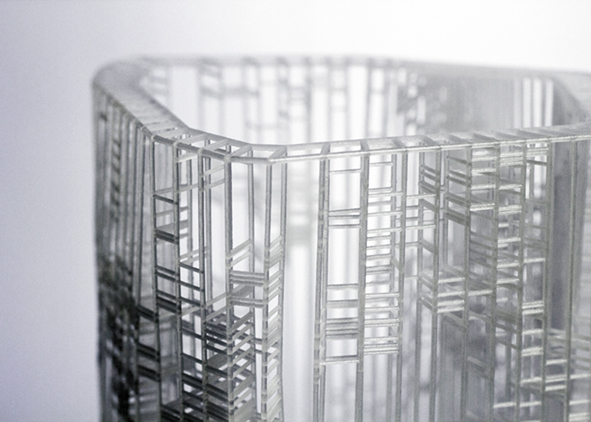
Downloads
Published
How to Cite
Issue
Section
License
This Journal is published under Creative Commons Attribution Licence 4.0 (CC-BY).
License scheme | Legal code
This License allows anyone to:
Share: copy and redistribute the material in any medium or format.
Adapt: remix, transform, and build upon the material for any purpose, even commercially.
Under the following terms
Attribution: Users must give appropriate credit, provide a link to the license, and indicate if changes were made; users may do so in any reasonable manner, but not in any way that suggests the licensor endorses them or their use.
No additional restrictions: Users may not apply legal terms or technological measures that legally restrict others from doing anything the license permits.
Notices
Users do not have to comply with the license for elements of the material in the public domain or where your use is permitted by an applicable exception or limitation.
No warranties are given. The license may not give users all of the permissions necessary for their intended use. For example, other rights such as publicity, privacy, or moral rights may limit how you use the material.




